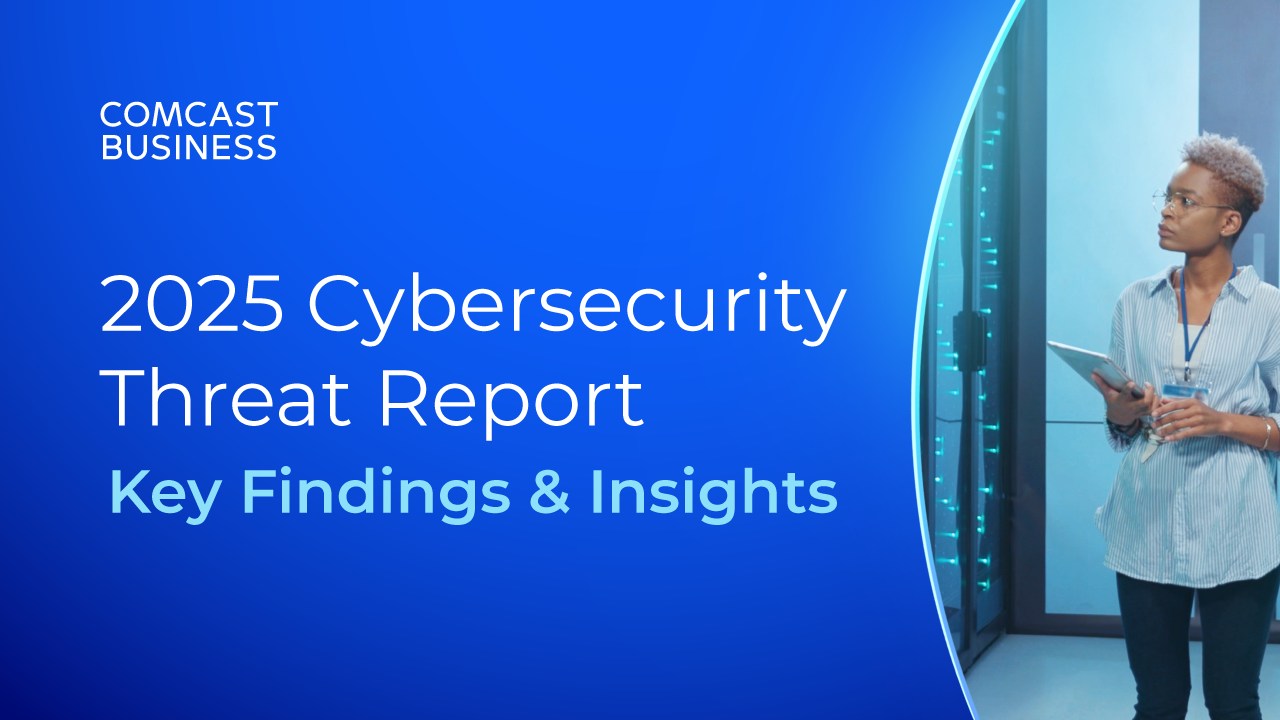How Automation Can Help Businesses Combat Sophisticated Threats

In an interconnected and rapidly evolving digital landscape where infrastructure and networks continue to grow in size and complexity, the security of your data, systems, and networks is paramount. Cyber threats, ranging from ransomware attacks to phishing, have also grown in volume and sophistication, and the rise of generative AI presents unique ways for adversaries to develop new techniques and automate their pursuits.
As cybercriminals evolve their methods and these automated tools continue to exploit system vulnerabilities at an unprecedented scale and speed, IT and security leaders must also contend with a cybersecurity talent shortage. According to industry analysts, global cybersecurity vacancies have grown by 350% since 2013, with unfilled jobs pegged at 3.5 million in 2023 and the disparity between supply and demand expected to remain at least through 2025.
In this challenging environment, it’s clear that management of security has become challenging, and the need for proactive and more efficient cybersecurity measures has never been more critical. Enter cybersecurity automation – a dynamic approach that leverages advanced technologies and algorithms to fortify defenses, help detect threats, and respond in real-time.
The advent of automated cyberattack tools may leave many organizations on the defensive and unprepared, but embracing the same spirit of automation when it comes to security can help you stay one step ahead of adversaries. From small businesses to large enterprises, the importance of cybersecurity automation as a strategic response to today’s ever-evolving landscape offers a transformative solution to help counteract threats, safeguard information, and help protect digital assets.
How Cybersecurity Automation Redefines the Game
Cybersecurity automation encompasses the deployment of intelligent systems, algorithms, and workflows that automate various security processes, tasks, and infrastructure. It enhances threat detection and response, empowering organizations to help protect growing attack surfaces and mitigate new risks posed by automated threats. It can be crucial in various aspects of security operations, including threat detection, incident response, compliance reporting, and predictive analytics. Here’s how automation contributes to each of these areas:
Discovery: Automation enables continuous real-time monitoring of security events, network traffic, and system logs. Automated threat detection systems, like Managed Detection and Response (MDR), utilize machine learning algorithms, behavioral analysis, and predefined rules to identify patterns, anomalies, and indicators of compromise (IoCs).
Reaction: Incident response playbooks outline predefined actions, workflows, and response processes that can be executed automatically. Automation can streamline incidence response by automating these routine and mundane tasks. Automated alert triage, case management, and containment actions can also enable organizations to respond swiftly and systematically.
Compliance: Automated monitoring and reporting processes and functions can help generate compliance reports. By automating checks and remediation actions, organizations can help reduce manual errors, and simplify auditing processes.
Prediction: Advanced analytics techniques and automation enable predictive analytics in cybersecurity. Further, machine learning algorithms can analyze historical security data, identify patterns, and predict future attack trends. With these capabilities, you can help your organization proactively implement security measures, and anticipate potential threats.
In these areas, automation can help organizations enhance their security posture by leveraging technology to augment human capabilities. This ultimately can lead to a more robust and effective cybersecurity defense.
How Cybersecurity Automation Complements Manual Efforts
Human analysts and security professionals, no matter how skilled, can be overwhelmed by the flood of security events, making it difficult to identify critical threats promptly. While there will always be a need for human oversight and decision-making, automating IT systems can provide IT teams with more time to focus on other priorities, help address staffing shortages, provide round-the-clock operations, and enable faster response times. Here’s how it achieves these benefits:
Mitigating staffing shortages: With the exploding demand for cybersecurity professionals, the industry has an unprecedented shortage of skilled personnel. Automation helps alleviate this challenge by automating routine but time-consuming tasks like scripting and provisioning.
Round-the-clock operations: Cyber threats do not adhere to a 9-5 schedule. Automated systems can provide continuous monitoring and operation 24/7. They can analyze security events, detect anomalies, and respond to incidents in real-time.
Faster response times: Automation speeds up incident response by leveraging predefined protocols, orchestration, and machine learning algorithms. This can lead to faster containment, mitigation, and recovery.
How to Capitalize on Cybersecurity Automation
Artificial intelligence will play a sizeable role in propelling cybersecurity strategies and innovation forward to meet the challenges of the current landscape and beyond. But how can you get the best of what automation offers when AIOps expertise is in high demand and not every organization can afford expert data scientists and cybersecurity AI professionals?
By partnering with a service provider like Comcast Business, organizations can get the help they need to implement and manage cybersecurity automation. Learn more about secure network solutions from Comcast Business.
Learn how automation can be the key to defending against cybersecurity threats.
Locked Content
Click on the button below to get access
Unlock NowOr sign in to access all content on Comcast Business Community
Resource Center
Learn how Comcast Business can help
keep you ready for what's next.










